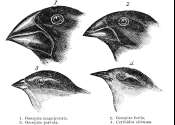Research reveals key genetic factors in snap bean pod traits
Snap beans, the vegetable form of the common bean (Phaseolus vulgaris), are cultivated for their tender, immature pods. They boast a diverse array of pod shapes and sizes. Pod morphology, including shape, thickness, length, ...









